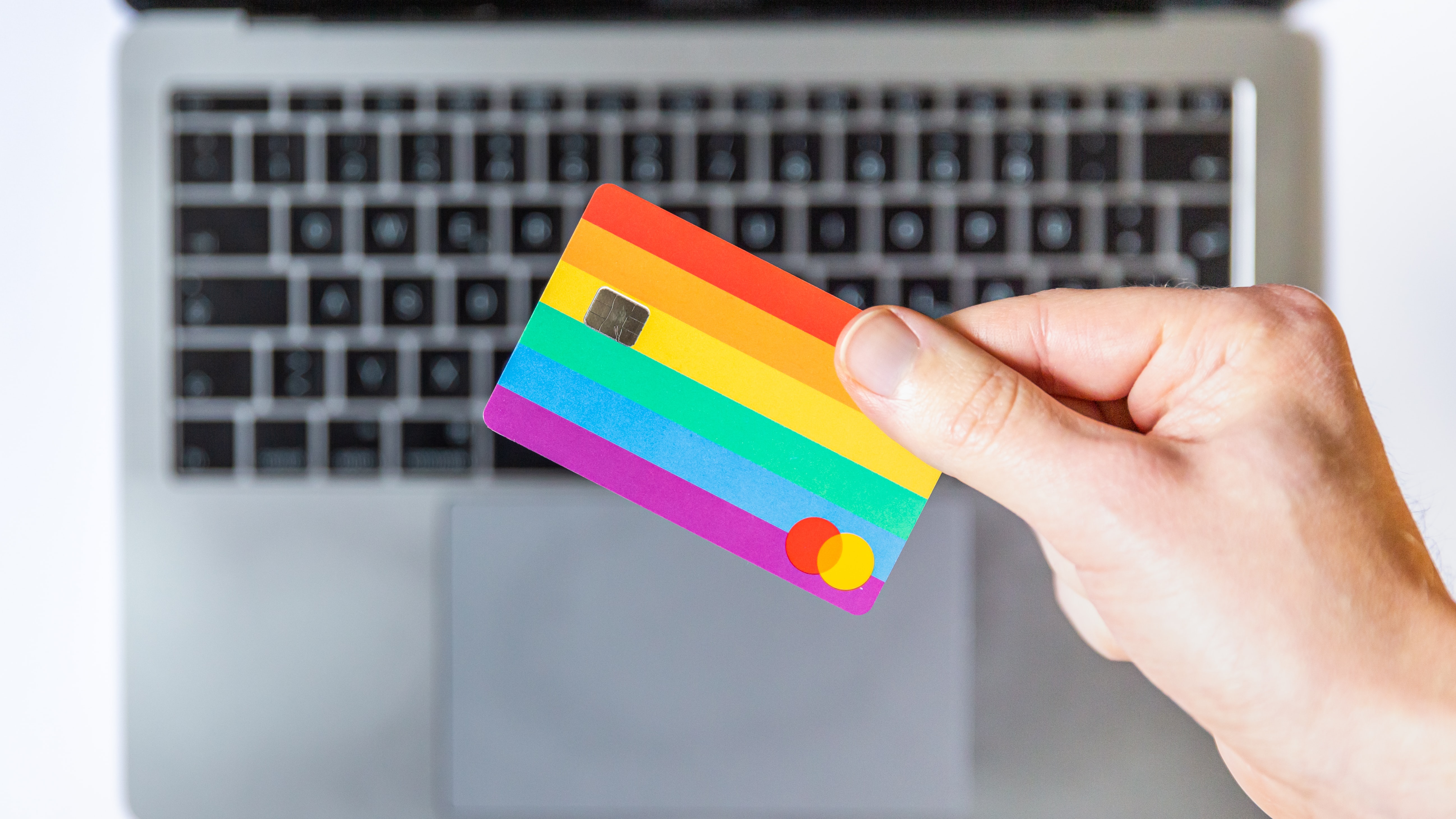A shift in the way people shop and spend their money in the last ten years has been through the rise of ‘Buy Now Pay Later’ schemes. Particularly with big-ticket purchases and the world of fast fashion, these services have become especially popular with younger people with may not have as much disposable income and want to spread the costs of purchases over several months.
Although there is some controversy around BNPL because there is a risk that users can spend beyond their means, it remains a popular method of payment. This makes it a tempting option for small businesses, especially those looking to engage with millennial and Gen Z shoppers.
What is Buy Now Pay Later (BNPL)?
As the name suggests, Buy Now Pay Later quite simply means that customers can buy something even if they can’t afford to pay it in full at the moment of purchase. They can instead spread the cost over a series of instalments.
It’s not a new concept, dating back years when it was used in the sales of big, expensive items like pianos and farm equipment. It remained a popular way to facilitate the sales of expensive products like furniture and white goods over the years but the rise of fintech companies in the 21st century has seen it become much more common for all kinds of purchases.
How does Buy Now Pay Later work?
As a form of lending, Buy Now Pay Later works very differently from taking out a loan or a credit card, because it generally doesn’t involve a bank, and the relationship is between the customer and the merchant, with an intermediary company handling the financial transactions.
So a small business would need to find a provider of Buy Now Pay Later services to make it an option for their customers as well as get it integrated into their payment systems. Once this is done, the way it works is straightforward,, with the provider running a credit check to ensure that the customer can be expected to repay the full amount.
It is then up to the merchant and the customer to agree upon a repayment plan of a certain number of months with instalments of the total, at which point a payment schedule is finalised. This can be weekly, bi-weekly or monthly, spreading out the cost in a way to suits both parties.
These repayments will normally be collected via direct debit until the full amount has been paid, at which point the Buy Now Pay Later arrangement comes to an end.
When could you consider offering Buy Now Pay Later?
Buy Now Pay Later has become more popular recently, with 17 million customers in the UK using it when shopping online in 2022. As the cost of living crisis has taken hold, the appeal for customers of spreading the cost of purchases is clear and millennials and Gen Z are leading the way with more than 50% using Buy Now Pay Later schemes, dropping down to 37% for Gen X and 23% for Baby Boomers.
If your business specialises in selling high-value items that appeals to a younger audience who may struggle to justify the expense in one transaction, offering Buy Now Pay Later opens up the option for them to spread that cost.
Benefits of Buy Now Pay Later
The benefits of Buy Now Pay Later for businesses include:
- Attracting new customers - As mentioned above, the more payment options you offer, the more people can use them to be able to shop with you, particularly those who otherwise wouldn’t be able to afford the purchase. You can also appeal more to younger generations, expanding your customer base.
- More revenue - New customers mean more sales, which means more income. One survey claimed that having Buy Now Pay Later can raise the chances of a sale by up to 30%, which has to be good news for your bottom line.
- Minimise checkout abandonment - When selling online, you’ve got much less chance of carts being abandoned at the checkout if you offer customers flexibility when it comes to paying.
For the customer, the benefits are also clear:
- The ability to buy items they couldn’t otherwise - If they want that expensive musical instrument or piece of furniture but can’t afford to pay the whole price in one go, Buy Now Pay Later means that they can still buy it.
- Flexibility with repayments - If you offer a variety of options for when they need to pay their instalments and how much they can spread the cost, this also makes the purchase more affordable and manageable going forwards.
Disadvantages of Buy Now Pay Later
The main disadvantage of Buy Now Pay Later for both merchants and customers is that it can encourage the customer to spend beyond their means, which won’t necessarily be picked up by a credit check. This can cause credit issues for them and hassle for the small business in collecting the money they’re still owed.
However, Buy Now Pay Later is an option that small businesses could consider if their customer demographic and product range suggests that it might be popular. Of course, getting payment upfront will always be preferable for businesses, so for instant payments, check out the Dojo Go mobile card reader.



